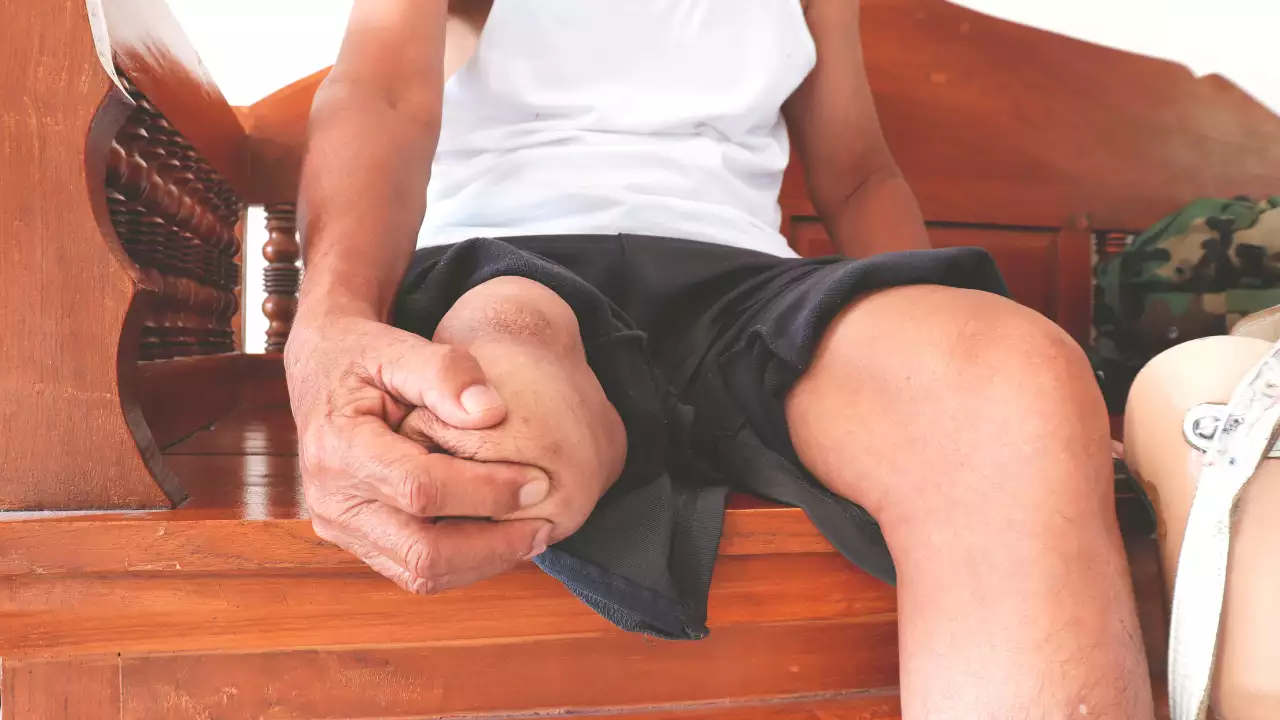Supriya Ramesh • 08 Dec 2024
Trapped in Pain: What is Phantom Limb Pain and Why It’s So Hard to Treat

Image- Canav
Phantom limb pain (PLP) occurs when one feels sensations or pain in an amputated limb even though it is no longer there. The limb may be gone, but the brain continues to receive signals from the nerves that originally serviced the missing limb. Those signals can sometimes be misconstrued by the brain, and one may begin to feel itching, burning, or sharp, shooting pains. These feelings can seem so real and unbearable.
The Psychological and Emotional Consequences
Phantom limb pain is not only a physical issue but also psychological. The constant pain reminds many of the traumatic loss, leading to mental disorders such as depression, anxiety, and a feeling of powerlessness. Losing a limb and the subsequent phantom pain tends to create a sense of isolation among individuals, because they can feel disconnected from their bodies. The chronic pain, in turn, can hamper daily life and can also prevent emotional recovery; hence, it is as important to deal with psychological health as managing the physical pain.
Why is Phantom Limb Pain so Hard to Treat?
Pain due to phantom limbs is especially tricky because it lacks a known medical cause. The limb that was amputated may heal, but sensations keep arising. It is usually unforecasted, and hence sometimes is hard to handle in both the patients and in treatment among the doctors.
Treatment Approach
Sometimes, the phantom limb pain arises right after amputation; other times, phantom limb pain will appear weeks or even years later after amputation.Phantom limb pain is usually treated with a combination of medications, physical therapy, and psychological support. Techniques such as mirror therapy, which help the patient "visualise" the missing limb moving, have been shown to relieve pain by retraining the brain. Medications, such as antidepressants and anticonvulsants, and nerve stimulation therapies may also be used to treat the pain.
Raising Awareness and Support
Phantom limb pain still presents a relatively under-discussed health condition as it is not acknowledged even among those who suffer. Greater awareness and better treatment options are necessary to improve the quality of life for those living with this invisible, yet very real, pain.
Get Latest News Live on Times Now along with Breaking News and Top Headlines from Health and around the world.